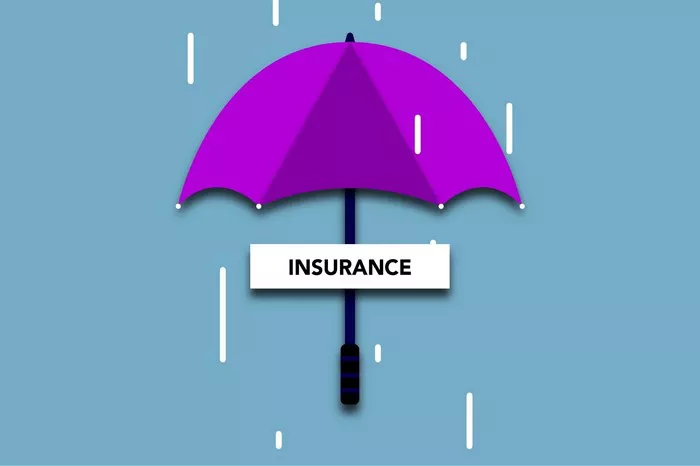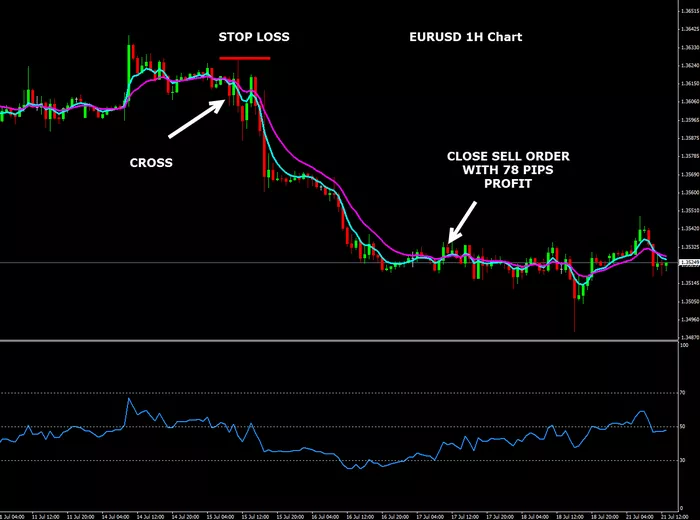Liability insurance is a critical financial tool designed to protect individuals and businesses from financial losses due to claims arising from accidents, injuries, or property damage caused by their actions or operations. It serves as a buffer against unexpected expenses that can arise from third-party claims, ensuring that the insured parties are not burdened with catastrophic financial losses. However, it is essential to understand that liability insurance does not cover all types of risks and situations. This article delves into the specifics of what is typically not covered by liability insurance, offering a comprehensive understanding of its limitations.
Understanding Liability Insurance
Before examining what is not covered by liability insurance, it is crucial to understand its fundamental nature. Liability insurance is a type of insurance that provides coverage for financial losses resulting from claims made against the insured due to their negligence, errors, or omissions that cause harm to another person or their property. This insurance helps protect the insured from the financial consequences of being held liable for such damages.
Liability insurance can be broadly classified into two categories: personal liability insurance and business liability insurance. Personal liability insurance protects individuals from claims arising from their personal actions, such as damaging someone else’s property. On the other hand, business liability insurance, also known as commercial liability insurance, covers claims related to business operations, such as injuries sustained by customers on the business premises.
Key Areas Not Covered by Liability Insurance
While liability insurance offers valuable protection, it has several exclusions and limitations. Here is a detailed breakdown of what is typically not covered by liability insurance:
1. Intentional Acts
Liability insurance does not cover damages or injuries resulting from intentional or criminal acts. This includes actions such as assault, battery, theft, fraud, or malicious mischief. For instance, if an individual intentionally damages someone else’s property, their liability insurance will not cover the resulting claims. Similarly, if a business owner intentionally harms a customer, their commercial liability insurance will not provide coverage.
The rationale behind this exclusion is that liability insurance is designed to cover accidental occurrences, not deliberate actions. Insurers do not want to incentivize or enable intentional harm by providing financial coverage for such acts.
2. Contractual Liabilities
Liability insurance does not cover claims arising from contractual obligations. If a business or individual enters into a contract and breaches its terms, resulting in financial loss to the other party, liability insurance will not provide coverage. Contractual liabilities are typically addressed through other types of insurance, such as professional liability insurance (also known as errors and omissions insurance), which covers claims related to the provision of professional services.
For example, if a construction company fails to complete a project on time or within budget, resulting in financial loss to the client, their general liability insurance will not cover the resulting claim. Instead, the client would have to rely on any specific contractual provisions or professional liability insurance held by the construction company.
3. Worker’s Compensation Claims
Liability insurance does not cover claims made by employees for injuries or illnesses sustained on the job. These claims are typically handled through worker’s compensation insurance, which is a separate type of insurance specifically designed to cover employee injuries and illnesses related to their work.
Worker’s compensation insurance provides medical benefits, lost wages, and rehabilitation services to employees who are injured or become ill due to work-related causes. It also protects employers from being sued by their employees for work-related injuries or illnesses. Therefore, liability insurance is not designed to cover employee-related claims and should not be relied upon for this purpose.
4. Property Damage to Insured’s Own Property
Liability insurance only covers property damage to third-party property. It does not cover damage to the insured’s own property. For example, if a business owner’s building is damaged due to a fire caused by their negligence, their liability insurance will not cover the repair costs. Instead, such damage would be covered by property insurance, which is a separate type of insurance designed to cover damage to the insured’s own property.
This exclusion ensures that liability insurance focuses on protecting third parties from harm caused by the insured, rather than covering the insured’s own losses.
5. Auto Accidents
Liability insurance typically does not cover claims arising from auto accidents, unless it is specifically included as part of a comprehensive auto insurance policy. Auto liability insurance covers claims made by third parties for injuries or property damage caused by the insured’s vehicle. However, standard liability insurance policies for individuals or businesses do not include auto liability coverage.
Instead, auto liability coverage is typically provided through separate auto insurance policies, which may include coverage for bodily injury and property damage caused by the insured’s vehicle. It is essential for individuals and businesses to have separate auto insurance policies to ensure adequate protection against claims arising from auto accidents.
6. Pollution and Environmental Damage
Liability insurance generally does not cover claims related to pollution or environmental damage. This includes damage caused by hazardous materials, contaminants, or pollutants released into the environment. Pollution and environmental damage can lead to significant financial losses, including cleanup costs, fines, and legal fees.
Due to the severity and complexity of pollution and environmental claims, they are typically covered by specialized insurance policies, such as environmental impairment liability insurance. These policies are designed to provide coverage for claims related to pollution and environmental damage, including cleanup costs and legal fees.
7. Professional Negligence or Malpractice
While general liability insurance covers claims related to bodily injury and property damage, it does not cover claims arising from professional negligence or malpractice. Professional negligence or malpractice refers to errors or omissions made by professionals in their field, such as doctors, lawyers, engineers, or architects, that result in harm to their clients.
Claims related to professional negligence or malpractice are typically covered by professional liability insurance, also known as errors and omissions insurance. This type of insurance provides coverage for claims made by clients for financial losses resulting from the professional’s negligence or malpractice. It is essential for professionals to have adequate professional liability insurance to protect themselves against potential claims.
8. War and Terrorism
Liability insurance does not cover claims arising from war, terrorism, or acts of war. These events are considered catastrophic and unpredictable, and their impact can be severe and widespread. Insurers typically exclude coverage for war and terrorism due to the high potential for financial losses and the difficulty in assessing the risk.
Instead, coverage for war and terrorism is typically provided through specialized insurance policies, such as terrorism insurance or war risk insurance. These policies are designed to provide coverage for claims related to war, terrorism, or acts of war, including property damage, business interruption, and loss of income.
9. Nuclear Risks
Liability insurance does not cover claims arising from nuclear risks, such as nuclear accidents or radiation exposure. Nuclear risks are considered highly dangerous and unpredictable, with the potential for severe and widespread financial losses. Insurers typically exclude coverage for nuclear risks due to the high level of risk and uncertainty associated with them.
Coverage for nuclear risks is typically provided through specialized insurance policies, such as nuclear liability insurance. These policies are designed to provide coverage for claims related to nuclear accidents or radiation exposure, including property damage, personal injury, and cleanup costs.
10. Personal and Advertising Injury
While liability insurance covers claims related to bodily injury and property damage, it may have limitations on coverage for personal and advertising injury. Personal and advertising injury refers to injuries to a person’s reputation, character, or privacy, as well as infringement of intellectual property rights, such as copyright or trademark infringement.
Standard liability insurance policies may not provide full coverage for claims related to personal and advertising injury. Instead, coverage for these types of claims may be provided through specialized endorsement.
Conclusion
Liability insurance is a valuable financial tool that provides protection against claims arising from accidents, injuries, or property damage caused by the insured’s actions or operations. However, it is essential to understand that liability insurance has several exclusions and limitations. By understanding what is not covered by liability insurance, individuals and businesses can make informed decisions about their insurance needs and ensure they have adequate protection against potential risks.
When purchasing liability insurance, it is crucial to carefully review the policy terms and conditions to understand its coverage and limitations. Working with a knowledgeable insurance broker or agent can help ensure that you have the right coverage for your specific needs. Remember, liability insurance is just one part of a comprehensive risk management strategy, and it should be used in conjunction with other risk mitigation measures to protect your financial well-being.
Related topics:
































